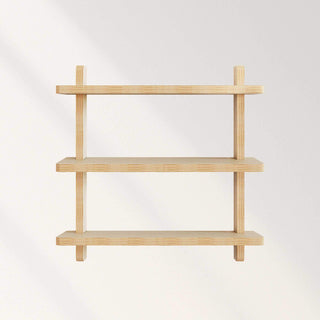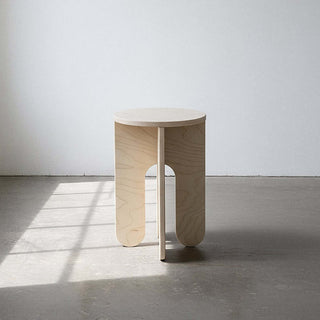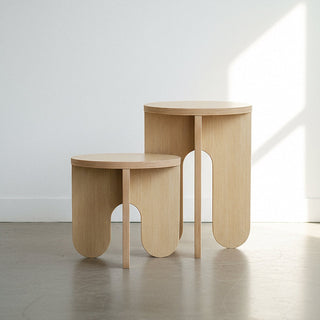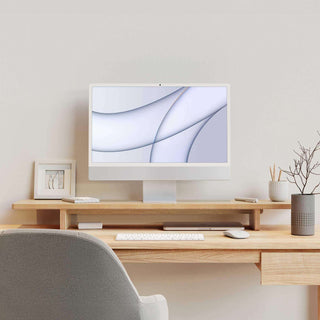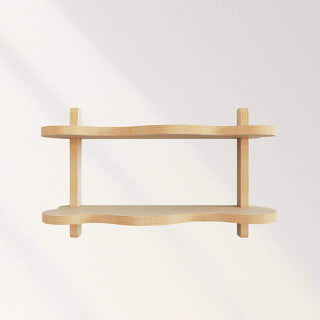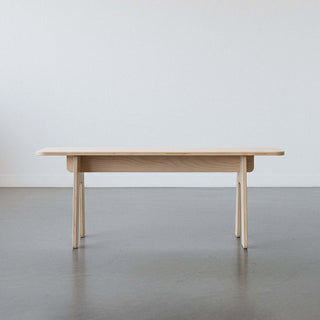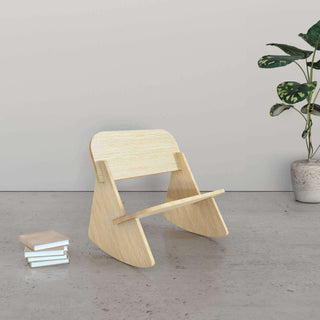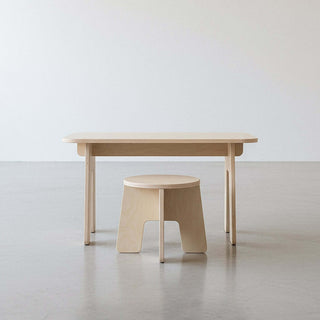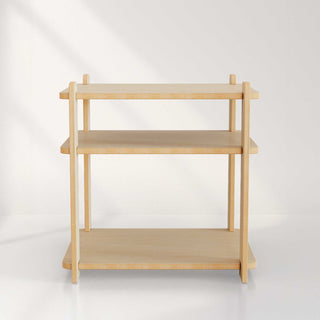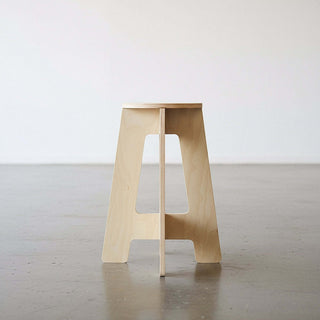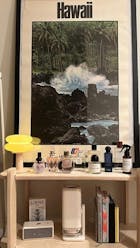Let’s be honest: most "Montessori playrooms" on Instagram look like they belong in a mansion. They have acres of open floor space, expensive climbing arches, and perfectly curated wooden toys.
But for most of us, reality looks a little different. We’re working with smaller bedrooms, shared spaces, or a tight corner of the living room. And often, those spaces feel more "chaotic clutter" than "calm oasis."
The good news? The Montessori philosophy isn't about square footage. It’s about the "Prepared Environment"—creating a space where your child can do things for themselves without constantly asking for help.
In this guide, we’ll show you how to use our Montessori & Kids Furniture Collection to turn a small, cramped corner into a functional "yes space."

What is a Montessori Playroom?
A Montessori playroom is a child-centric space designed to foster independence, concentration, and order. Unlike a traditional playroom which might rely on large toy bins, a Montessori space uses:
- Low, open shelving so children can access toys independently.
- Child-sized furniture that fits their body.
- A limited number of toys to reduce overwhelm and improve focus.
1. The Work Station: Child-Sized Tables for Focus
In Montessori, play is referred to as "work"—it’s how children make sense of the world. But it’s hard to do good work when your legs are dangling off a dining chair and the table is at your chin.
To foster focus, a child needs a surface that fits their body.
Our Kids Table and Chairs set is designed specifically for this. It’s compact enough to fit in a bedroom corner (or act as a weaning table in the kitchen) but gives your toddler a dedicated spot for:
- Arts & Crafts: Keeping the crayons and glue in one zone.
- Snack Time: Fostering independence by letting them sit and eat without being strapped into a high chair.
- Puzzles: A flat, stable surface for concentration.
Because it’s made from unfinished birch plywood, it’s visually quiet. It doesn't scream "primary colored plastic," so it blends in if your play area is part of your main living space.
2. Toy Rotation: Using Low Shelves to Reduce Clutter
If your child dumps out a toy bin and then immediately walks away, they likely aren't trying to be messy. They are overwhelmed. When too many toys are piled together, it creates visual noise that makes deep play impossible.
The solution is Toy Rotation. This involves packing 80% of the toys away in a closet and displaying the remaining 20% on low, open shelves.

Our Modern Shelf is built for exactly this. It’s low to the ground, meaning even a wobbly toddler can see what they want, take it off the shelf, and (eventually) put it back. When every item has a "home" on a shelf rather than a dark abyss in a toy box, cleanup becomes a matching game rather than a chore.
3. The Quiet Corner: A Reading Nook for Regulation
Little kids have big feelings. One of the best things you can add to a small room is a designated "cozy corner" where they can go to regulate, read, or just rest.

This doesn't need to be elaborate. A soft rug, a basket of books, and a dedicated seat like our Mini Rocker are all you need.
The Mini Rocker is lightweight and low-profile, so it doesn't dominate the room. The rocking motion is naturally soothing for toddlers, making it the perfect spot for quiet time or reading a forward-facing book.
4. Vertical Storage: Wavy Wall Shelves
When floor space is premium, you have to go vertical. But you also want to keep the room feeling soft and playful.

Our Wavy Wall Shelves add a bit of whimsy without the clutter.
- Display Special Items: Put the fragile Lego builds or special heirlooms up high where they can be admired but not destroyed.
- Forward-Facing Books: Use them as a picture ledge to display this week’s reading rotation cover-forward. This makes books much more enticing to little readers than stacking them spines-out.
Why Choose Unfinished Plywood for Kids?
A small space feels bigger when it isn't visually loud. That’s why we make everything out of furniture-grade plywood. The natural wood grain adds warmth and texture without clashing with your existing rug or curtains.
Plus, it’s a blank canvas. You can seal it with a clear coat for a natural look, or paint just the legs of the table to match your nursery theme. The furniture adapts to your home, not the other way around.
Common Questions About Small Montessori Rooms
At what age should I start using a Montessori table?
You can introduce a low table and chair (often called a weaning table) as early as 6 months once the child can sit up, or around 12–18 months for crafts and activities.
How often should I rotate toys?
There is no set rule, but many parents rotate toys every 2-3 weeks, or whenever they notice their child losing interest in the items currently on the shelf.
Do I need to paint unfinished furniture?
It is not required, but we recommend applying a simple sealant (like a beeswax or water-based polyurethane) to tabletops to protect them from crayon marks and spills.
Ready to reclaim your playroom?
Create a calm, independent space for your child today.
Shop the Kids & Montessori Collection



